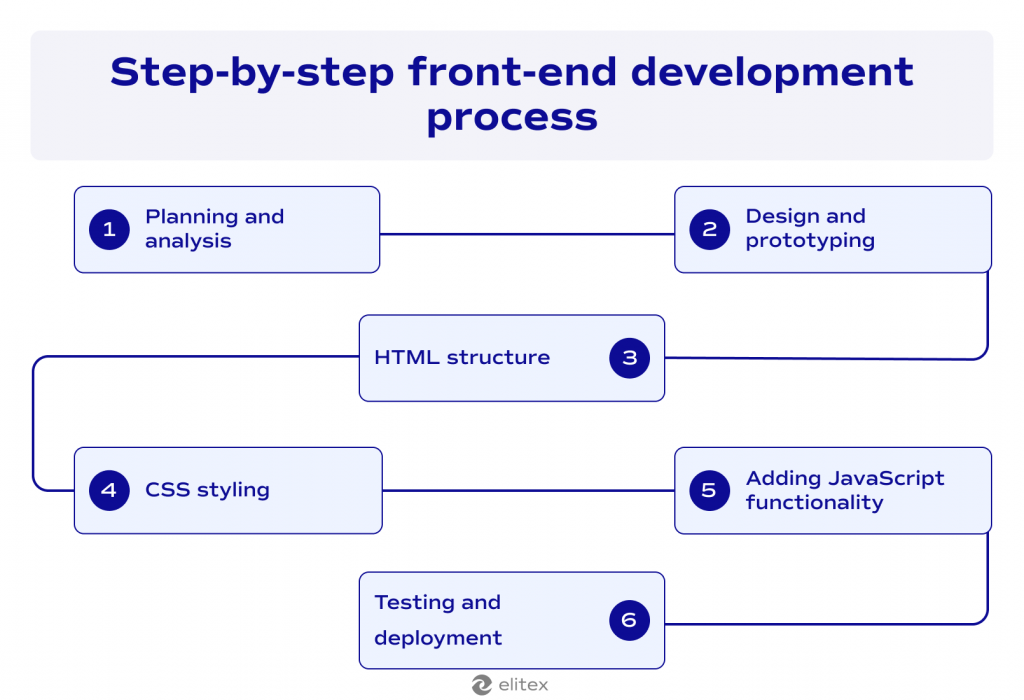News Blast
Your daily source for the latest news and insights.
Front-End Follies: Hilarious Mistakes Every Developer Makes
Uncover the laughable blunders every front-end developer makes! Join us for a fun dive into coding mishaps that will leave you in stitches.
The Great CSS Conundrum: Common Styling Mistakes That Make Us Giggle
The world of CSS can sometimes feel like a tangled mess of rules and properties, leading even the most seasoned developers to trip up on some common styling mistakes. From overly complex selectors that make maintaining styles a nightmare, to using !important declarations as a crutch, these blunders often leave us scratching our heads and giggling in disbelief. Here are a few of the most amusing styling mishaps:
- Absolute Positioning Madness: Using absolute positioning without a clear plan can result in elements that are completely out of order!
- Float Issues: Remembering to clear floats is essential, yet so often overlooked, leading to content shifting in ways that are utterly hilarious.
Lastly, we can’t forget about the good old inheritance confusion. Many developers find themselves chuckling when they realize that changing a parent element’s style unexpectedly alters child elements, creating wacky designs. Embracing these blunders with a sense of humor can not only ease the frustration but also serve as a reminder to double-check our work. So, the next time you encounter a quirky layout, take a moment to laugh it off—it’s all part of the great CSS conundrum!

JavaScript Fumbles: Outrageous Bugs Every Developer Has Encountered
Every developer has faced their share of challenges when working with JavaScript, but some bugs are so outrageous that they become infamous within the community. One classic example is the "undefined is not an object" error. This cryptic message often arises when trying to access a property of an object that hasn't been initialized, leaving developers scratching their heads in confusion. This common mistake can lead to hours of debugging, especially when the object in question is nested within multiple layers of code.
Another notorious fumble is the asynchronous programming bug, particularly when using promises. Developers often assume that their code will execute in a specific order, only to find that some functions run out of sync, leading to unexpected results. The infamous "callback hell" is a direct result of mishandling nested callbacks, making the code not only hard to read but also prone to failures. These issues highlight just how vital proper error handling and code structure are in ensuring that your JavaScript applications run smoothly.
HTML Head-scratchers: Hilarious Markup Blunders to Avoid
When it comes to HTML, even the smallest mistakes can lead to catastrophic results. One of the most common markup blunders is the infamous missing closing tag. This seemingly minor oversight can throw an entire webpage’s layout into chaos. For example, forgetting to close a <div> tag can lead to cascading issues throughout the entire document, resulting in misaligned text and broken formatting. Always double-check your code for missing elements, as they can leave your readers scratching their heads rather than enjoying your content.
Another laugh-inducing blunder is the misuse of HTML entities. Many beginners mistakenly use characters like & directly instead of their proper entity code &. This results in unexpected symbols showing up on your site, causing confusion and possibly even embarrassment. Here’s a quick list of entities to remember:
&for &<for <>for >
Keep these in mind to avoid chuckles at your expense and ensure your content shines without unnecessary distractions.